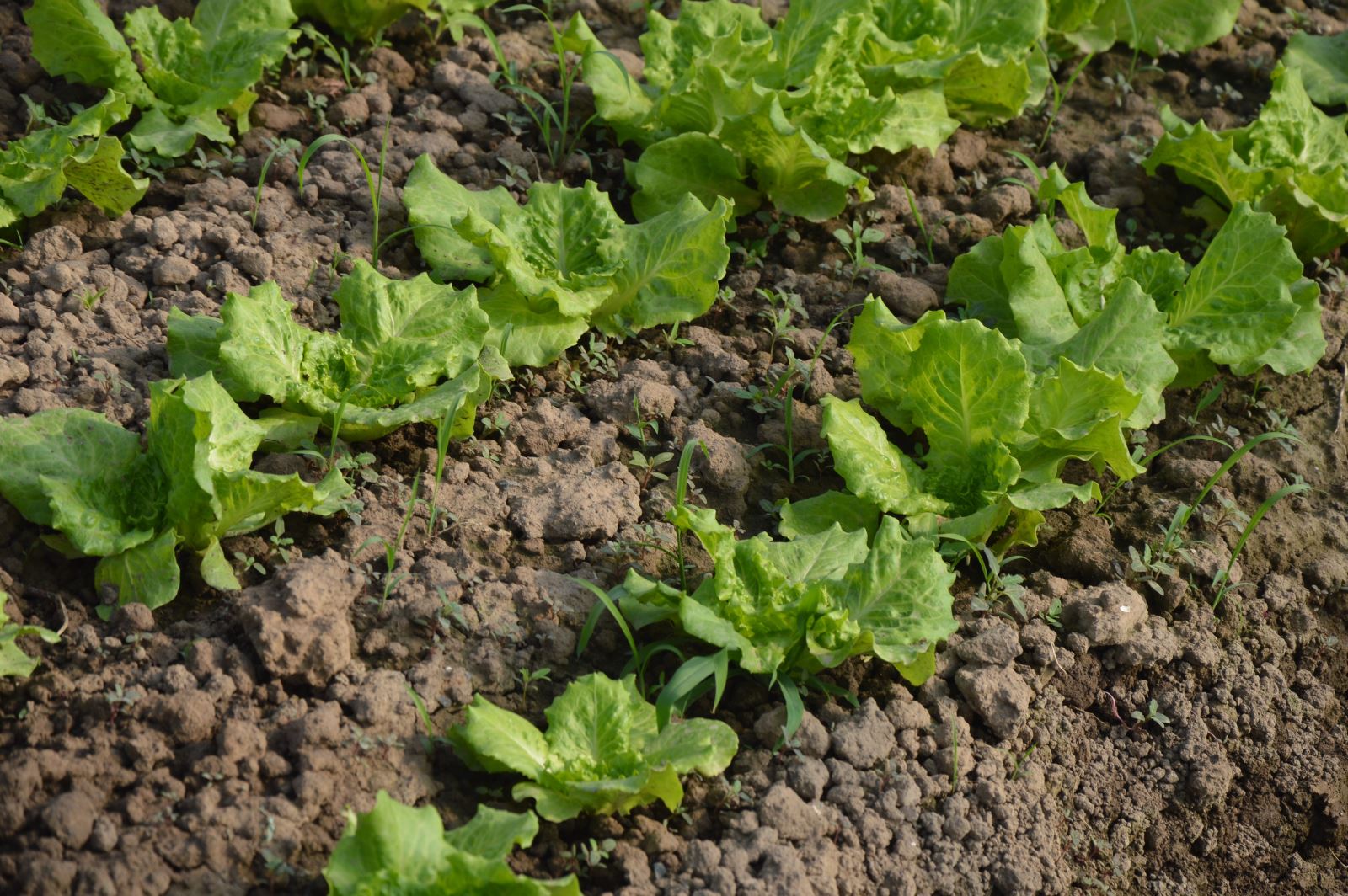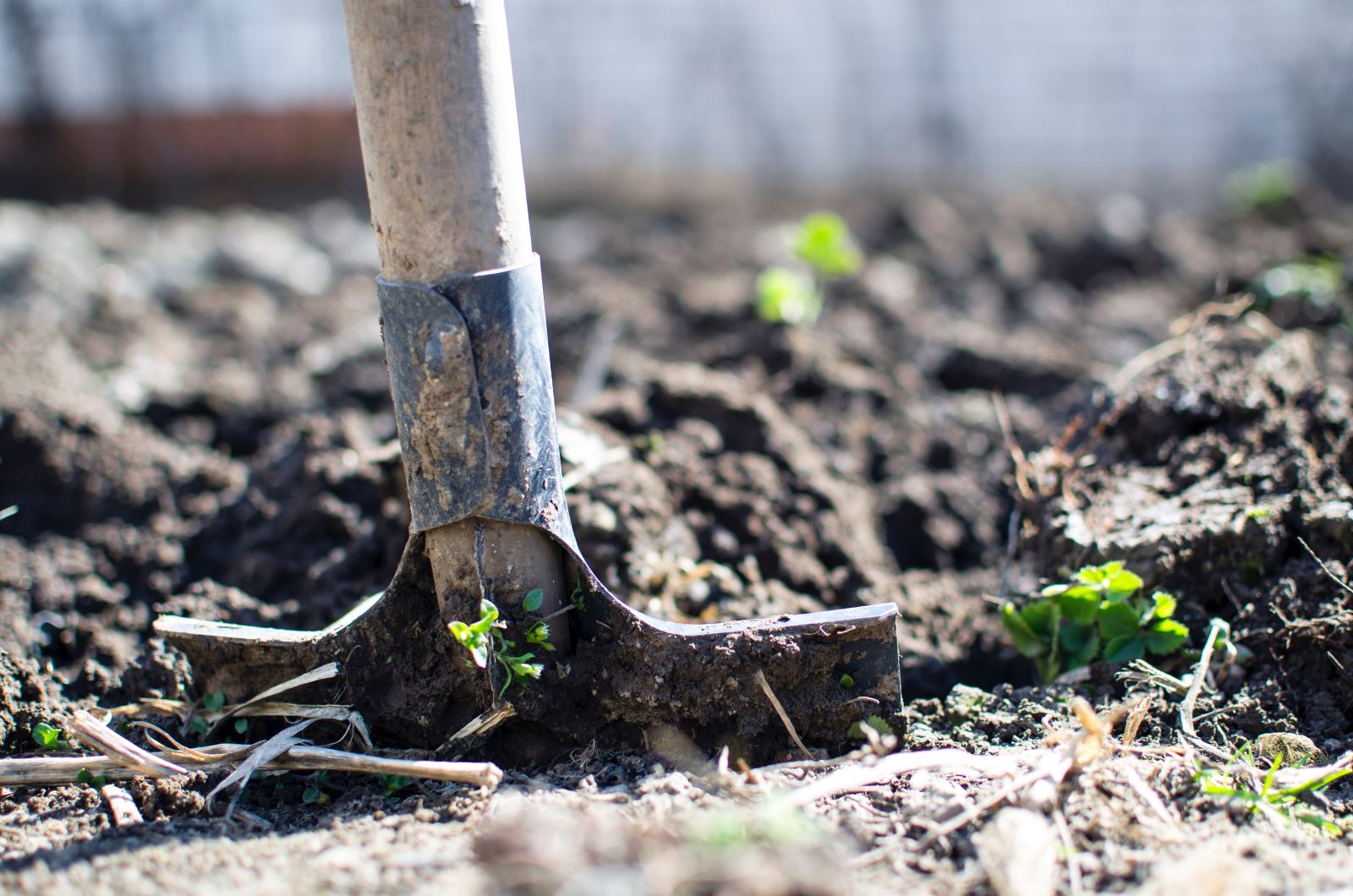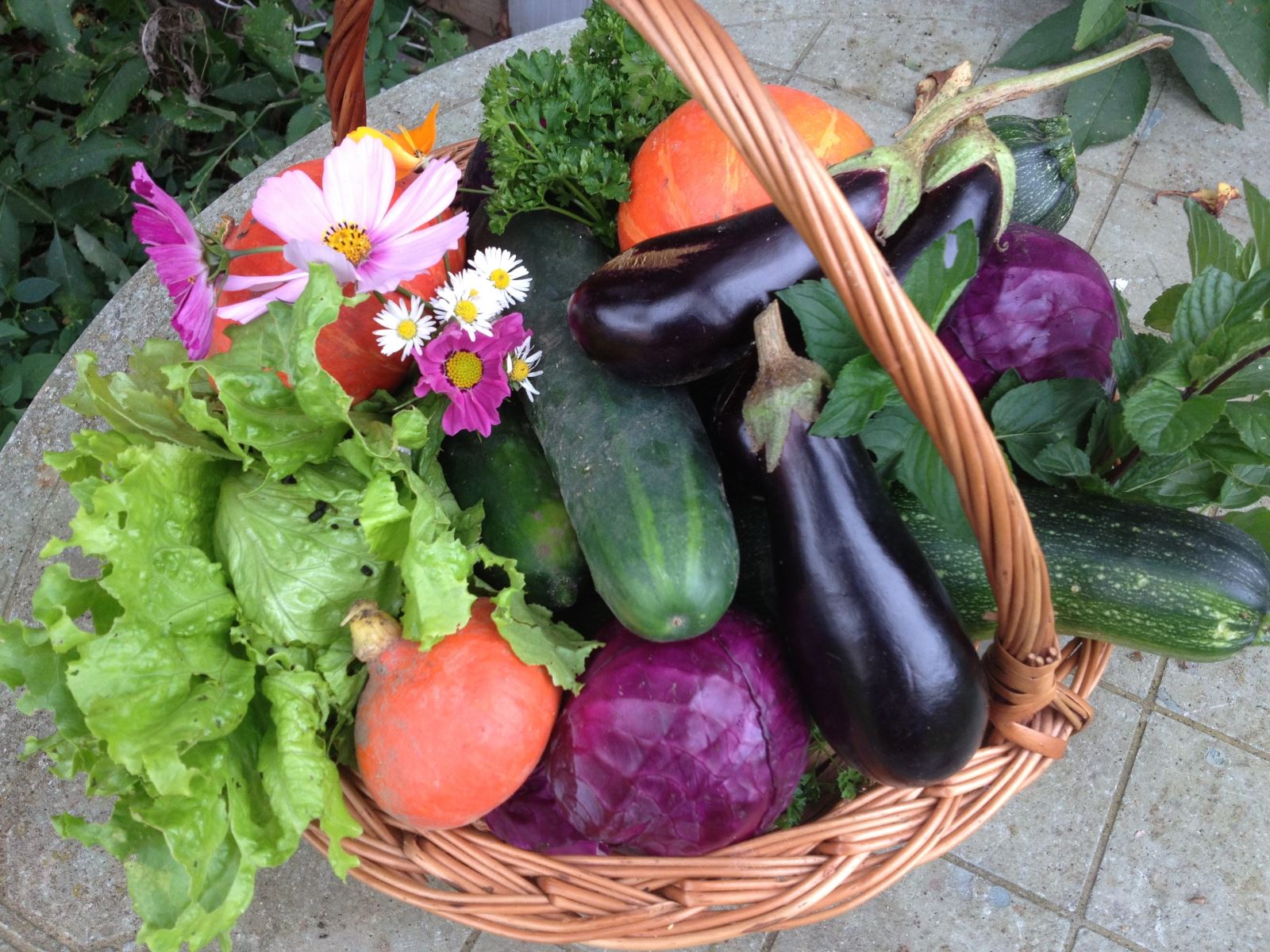Tips to Build a Great Vegetable Garden
How to Plan Your Vegetable Garden Step by Step

This can be a great time to start planning your new vegetable garden. Even if you do not have a large area, you can still grow a substantial number of vegetables. Gardening isn’t difficult with a little helpful advice.
Gardening for beginners can appear daunting, but use these following bits of advice, and you will be well on your way.
Lay Out Your Garden Beds
First steps include deciding what space you have available. This will help determine the variety of vegetables can grow as well as the quantity. If you don’t have a large garden area, this doesn’t matter as there are many other ways you can grow plenty of vegetables to make an effort worthwhile.
Growing bed sizes are around 16ft x 10ft in an ideal situation. If you have this space in your garden all is well and good.

Building Raised Beds
These need straightforward construction to start with and are cheap to make. Raised beds can be beneficial for smaller homes, and with the right veggies, you can grow substantially more than in a flat growing bed.
Raised beds are comprised of retaining walls. Many are constructed by two lengths of wood which are 8ft long and two shorter 4 ft. long pieces.
The height in total should be 12 inches to allow the plant roots to grow quickly. This wood is then fastened together in a rectangle shape. Supports can be used in the center of the wood lengths for when you add the soil.
A raised bed has the advantage of being able to grow earlier in the season as the soil warms quicker. They are also ideal for kids or the older generation as they can reach without bending.
Best Soil Preparation
In regular vegetable gardens, you till your soil and then cover it with a good inch or two of compost and mix these two together. This will allow nutrients and oxygen to seep into the earth as a preparation for planting your vegetables.
Raised beds are a larger version of container gardening, and it is much easier to get a better soil condition. Purchasing good quality topsoil, which will already be pH neutral, gives the best condition from the very beginning.
Planning then Planting
Vegetable rows should run east to west, so they gain the most amount of sun. Vegetables require 6 to 8 hours of sun per day for them to grow their best.
If you have any climbing plants, these should be on the north side of your beds so they won’t cast shadows on other vegetables. Tomatoes are a typical climbing plant. However you can buy a bush type and plant these in hanging baskets. This not only makes them easier to grow, but it also clears space you could use for something else.
When you are looking at what veggies to plant, there are 3 options. You can use old sprouting veggies, transplant seedlings which you have grown or bought, or sow and grow directly from seeds.
Caring for Your Vegetables
It doesn't matter which method you use to plant vegetables. They still have the need to be tended to.
Watering will be weather and location dependent, but, as a rule, if you find the top inch or two of soil is dry, then your plants require watering.
Early evening or early morning is the best time for watering because water in hot sunlight can scorch your plants and it will evaporate before nourishing the roots.
Insects are quickly attracted to your vegetables, and a straightforward method to control these is adding a birdbath. Once you get birds in the habit of visiting your garden, they’ll help control pests who love the taste of your fresh veggies.
Vegetable gardening gets you out in the clean fresh air and provides exercise.
Above all, you have something to show for all your hard work!
Happy Planting!
Christie Cannon | REALTOR
The Christie Cannon Team
Keller Williams Realty Frisco
972-215-7747
www.ChristieCannon.com







